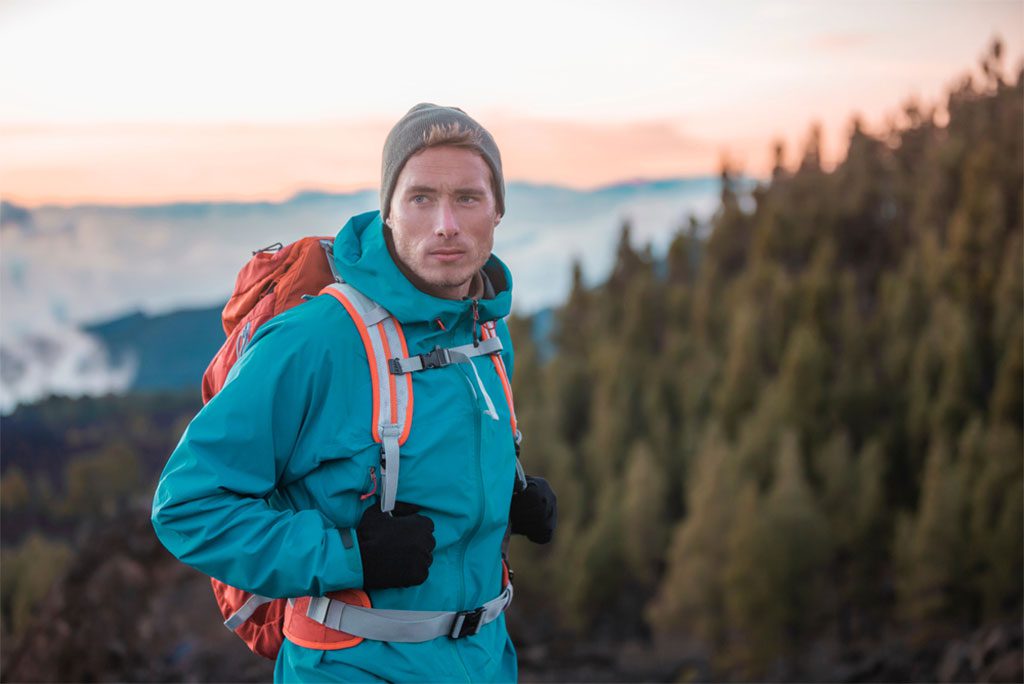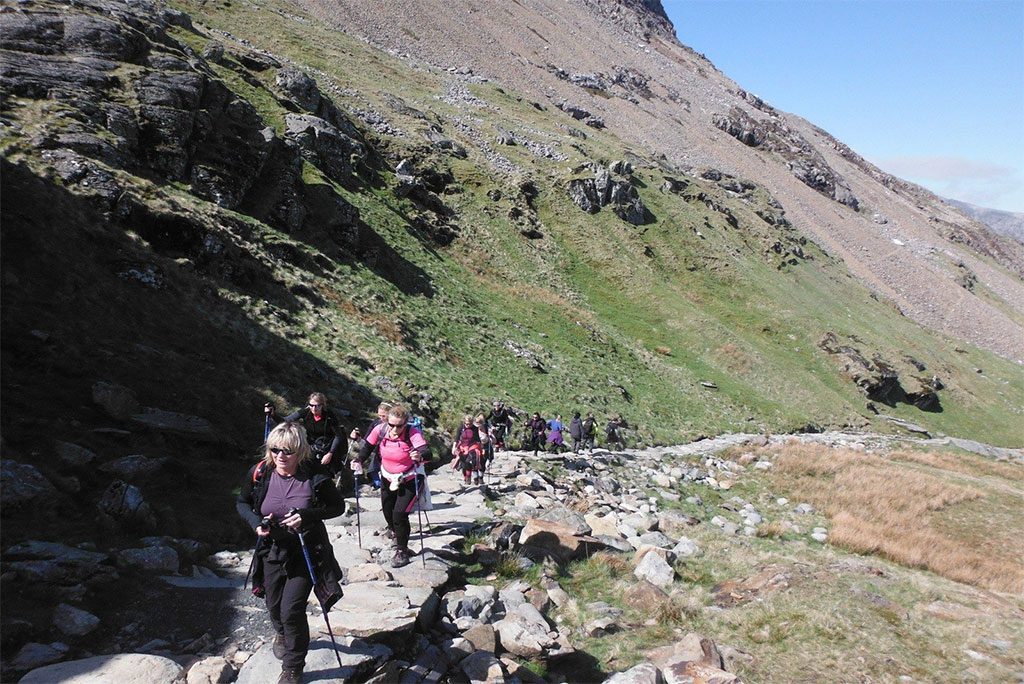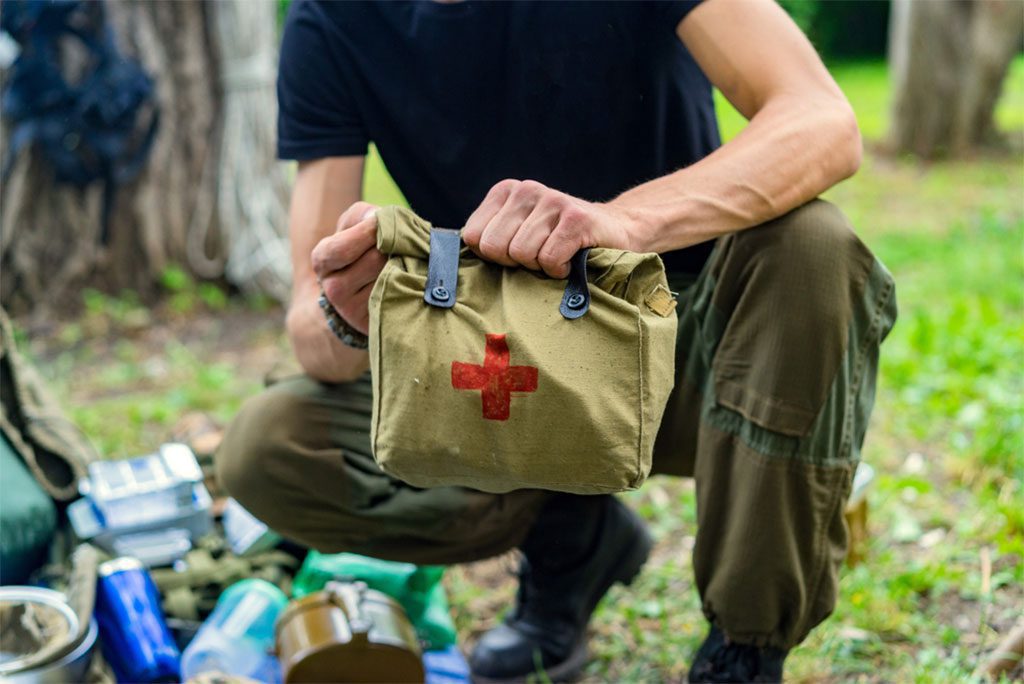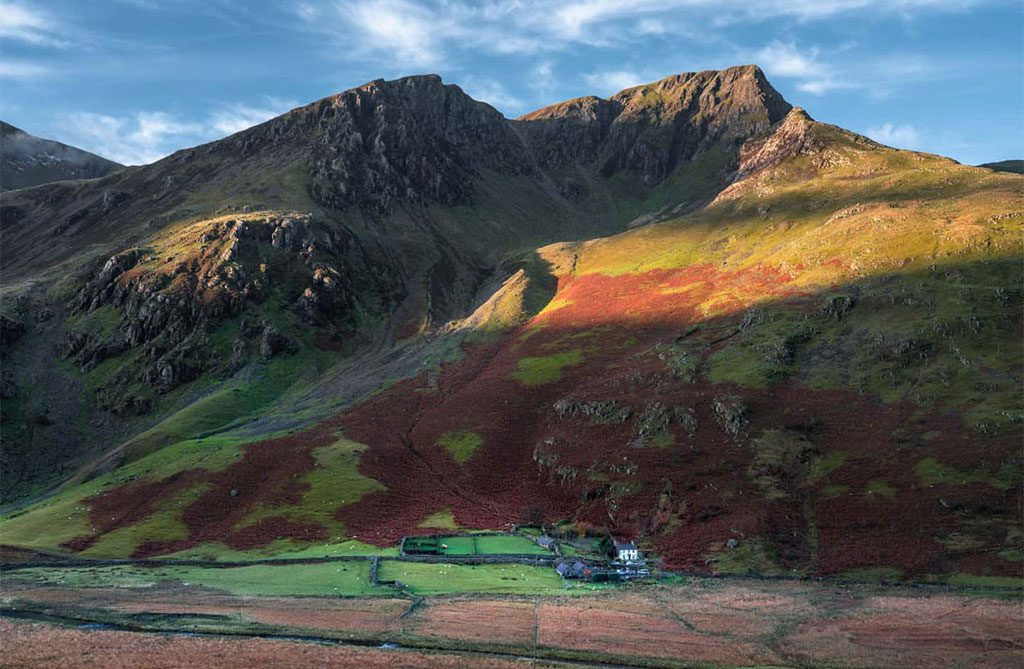Mountainous Snowdonia is home to England and Wales’ tallest peak, Snowdon. Outdoor enthusiasts such as ramblers, hikers, and climbers are drawn to the area for its diverse landscape.
However, many visitors fail to bring the required attire. Many times, individuals have attempted to scale Snowdon in sandals, prompting dispatchers to respond to calls of distress.
“There’s no reason to be unprepared,” Adam Daniel, Senior Warden for the Snowdonia National Park Authority, told me on a recent hiking expedition. Numerous producers and innovations can be found there. Do your research and settle for nothing less than the best that your money can buy.
“Use a reliable and appropriate mountain forecasts source, such as the Met Office and Mountain Weather Information Service,” Adam adds.
We’ve compiled everything you’ll need for a hiking trip to Snowdonia this summer or fall.
What to bear in mind
Keep in mind that the closer you travel to a mountain peak, the colder it will be, no matter what the weather is like down below. You should also avoid carrying the weight of a tiny elephant on your back by packing lightly for your hike.
What to wear
Visit a specialty store like the one in Covent Garden, where you can buy outdoor gear from designers like the British company Rohan.
If it’s likely to be a warm, sunny day, then you can get by with only one base layer to begin your hike. Pick one made of a breathable and elastic material, since hiking uphill might be difficult. You should dress in layers, possibly beginning with a long-sleeved shirt if the temperature is on the chilly side. You can easily remove one if you feel too hot.
Belt and walking pants/shorts: Walking pants/shorts are especially flexible and can help protect your knees from bumps and scratches when you’re scrambling over rocks. While hiking up Snowdonia’s Ordinary Route, we donned a pair of inventive Rohan treggings.
As we tried the 45-meter ascent, we found that both were wonderfully accommodating to our comfort and mobility needs. Additionally, they include an elastic tie around the waist for added security.
In warmer climates, shorts are preferable, but if you want to avoid thigh chafing while on a hike, go for the longer varieties. Wearing a belt is also recommended to prevent injury to yourself or others in the event of a flashing occurrence.

If you need some shade from the sun, a light baseball hat like Rohan’s Trailblazer Cowl Cap will do the trick. It’s been coated with Insect Shield® and has a UPF 40+ rating to keep you safe from the sun. Additionally, it has a zip-off neck cowl.
You should also bring a wool hat since your body heat escapes the fastest from your head and it might be pretty chilly at the peak.
A Buff: It wasn’t until We wore one in Snowdonia that We realized how ingenious a Buff really is. It serves two purposes: protecting your neck from the sun and adding an additional layer of warmth if you need it. If the wind picks up or there is a lot of dust in the air, you can cover your nose, head, and ears with the buff.
Wool socks: blisters are one of the most unpleasant minor ailments that may occur on a hike, therefore it’s important to take preventative measures by wearing appropriate trekking socks. After many days of mountain walking, the added cushioning provided by a good pair of Merino wool socks is well worth the extra cost.
Walking boots: It’s always preferable to overprotect your feet rather than under protect them, so leave the sneakers at home and get yourself a good pair of walking boots. They need to have a solid toe in order to provide enough grip on the rock if you plan on doing any scrambling. Check for the Gore-Tex emblem to know if your boots are waterproof, airtight, and windproof. My feet were blister-free and dry thanks to my Scarpa Peak GTX boots’ ability to withstand muddy marshes and jagged rocks.
Additionally, Keen’s Terradora Ethos boots, which are both lightweight and breathable, perform well in hot and damp climates.
What to carry in your backpack

You should always have a waterproof jacket on every hike, no matter the time of year. Pick a jacket that folds up effortlessly so you can minimize the weight of your luggage. Raindrops rolled down my back like water on a duck’s back thanks to the Rohan Vapour Trail jacket we were wearing, which was very lightweight and waterproof. The jacket compresses down to around the size of a CD when folded and stored in its own pocket.
In the same vein, a pair of collapsible waterproof pants is a wise investment, particularly if precipitation is predicted.
Even if it’s 30 degrees Celsius at the foot of the mountain, you should bring additional garments in case it becomes cooler (and windier) as you ascend. We brought along the stunning dark purple Rohan Troggings Jacket. It was breathable and lightweight, and it felt as nice as it looked. When we were packing, we made sure to include our lightweight Rohan fleece, which can be used as a technical mid-layer if the summit turns chilly.
Carrying around a pair of wet socks when hiking is never fun, so pack an extra pair just in case.
The kit

It may seem obvious, but water is essential, and you’re not going to discover a water fountain high on a mountain. Nalgene’s leak-proof water bottles are sturdy, can hold a liter of water, and have a secure screw top, so spills are quite improbable. It’s a low-priced alternative that just costs around ten pounds when bought from Amazon.
If you’re planning a day of hiking, carry some snacks along with your packed lunch to help keep you going. Energy-rich foods include bananas, Kendal mint cake, and cereal bars with fruit.
Even if it’s gloomy, you should still apply plenty of sunblocks, so bring at least Factor 30 with you. If you tend to have sunburned lips, it’s a good idea to pack a lip balm with SPF protection.
Get it ready-made or construct your own first aid kit with the following items: blister plasters, hay fever prevention (tablets, eye drops), antibacterial wipes, bandages, standard plasters, and painkillers.
Sunglasses: make sure they shield your eyes from the sun’s rays and that they fit well.
Phone or camera waterproof case: Your belongings may not be safe from the rain in your backpack if it is very heavy. Get some dry bags to store your belongings in peace.
To make sure your smartphone has enough juice to get you through the day in case of an emergency, it’s a good idea to bring a portable phone charger along.
Torch on your head: Mountain weather may turn on a dime, and if the fog rolls in, it might be dangerous to go out. You should, therefore, bring a head torch. This is a lifesaver if the sun begins to set as you descend the mountain.
Huge folding maps are awkward to carry along, but a little book with information on various walking routes may be quite helpful.
A first-aid kit, rope, and a VHF radio are three items that Adam recommends everyone has on hand.



